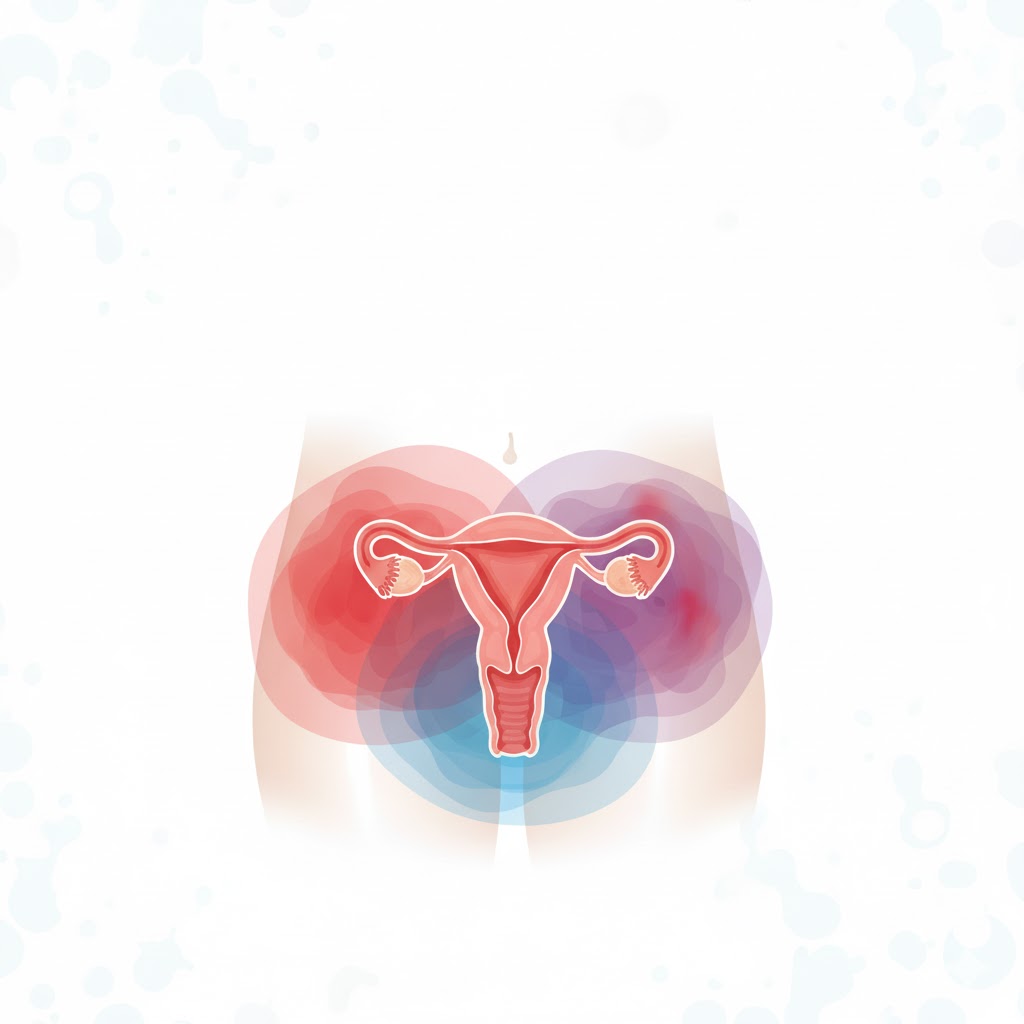
Seeing Is Believing: The Benefits of Ultrasound for Patients and Providers

Menstrual Cramps That Feel Different? Here’s What Your Body Might Be Telling You
Menstrual Cramps That Feel Different? Here’s What Your Body Might Be Telling You
Menstrual cramps are normal—but not all cramps are created equal. When the pain suddenly feels sharper, deeper, or just different from what you’re used to, your body may be signaling that something deserves a closer look.
Most women know their cycle as well as they know their daily routine. That’s why noticeable changes—especially painful ones—should never be ignored. Understanding when cramps are “normal” and when they may be related to something more can help you take control of your health with clarity and confidence.
Below are the most common reasons menstrual cramps feel different and when to consider getting evaluated.

1. You May Be Ovulating Earlier or Later Than Usual
Sometimes, the “odd” cramps you feel aren’t menstrual cramps at all—they’re ovulation pain, also known as mittelschmerz. These cramps often feel sharp on one side of your lower abdomen and can be confused with menstrual pain, especially if your cycle is irregular.
What it feels like:
Sudden sharp or pulling pain on one side
Lasts minutes to hours
Can be accompanied by bloating or discharge changes
If this pain happens around the middle of your cycle, ovulation could be the culprit.
2. Stress and Lifestyle Changes Are Affecting Your Cycle
Your hormones respond to everything—sleep changes, heavy stress, new workouts, dieting, travel, or emotional burnout. Any major shift can make your cramps feel more intense or entirely different.
What it feels like:
More intense cramping than usual
Longer or irregular cycles
Unexpected spotting
Lifestyle factors rarely cause severe pain, but they can shift how your period feels.

3. You May Be Experiencing Fibroids or Ovarian Cysts
Fibroids and cysts are extremely common—and often go undetected until the pain changes.
Fibroids can cause:
A heavy “pressure-like” cramp
Pain that spreads to the back
Heavier menstrual bleeding
Ovarian cysts can cause:
Sharp or stabbing pain on one side
Pain that comes and goes
Bloating or pelvic fullness
An ultrasound can quickly confirm what’s happening.
4. Endometriosis or Adenomyosis Could Be the Cause
These conditions often take years to diagnose because their symptoms can be dismissed as “normal cramps.”
Endometriosis often feels like:
Pain that begins before your period
Pain during intercourse
Cramping that worsens over time
Adenomyosis often feels like:
Deep, intense cramps
Pressure in the pelvis
Heavy, clot-filled periods
If cramps have gradually become more severe, it’s worth getting checked.
5. You Might Be Pregnant (Even If You’re Still Bleeding)
Early pregnancy can cause cramp-like sensations due to implantation or hormonal changes.
Light bleeding or spotting can happen in early pregnancy and be confused for a light period.
What it feels like:
Mild, pulling cramps
Lower back ache
Sensitivity or fullness in the breasts
If pregnancy is a possibility, testing is important—especially if the pain is sharp on one side, which could signal an ectopic pregnancy.
6. Pelvic Inflammatory Disease (PID) Can Change Cramping Suddenly
PID is an infection of the reproductive organs, and cramps from PID often feel different—more constant, heavy, and accompanied by other symptoms.
Other signs include:
Lower back pain
Fever
Unusual discharge
Pain during intercourse
PID requires prompt medical attention.
When Cramps Aren’t Normal
Seek medical evaluation—or an ultrasound—if you notice:
Pain that is sudden and severe
Cramps that are worse than your usual cycle
Pain happening outside your normal period window
Heavy bleeding, especially with clots
Pain on just one side of your abdomen
Cramps that interfere with daily activities
Your body changes over time. Your cycle can, too—but pain that feels “off” is worth understanding.
How an Ultrasound Helps
A pelvic ultrasound gives a clear picture of what’s going on inside your uterus and ovaries. At Atlanta Ultrasound, we help you find answers with:
Non-invasive imaging
Clear explanation of what you’re seeing
Fast appointment scheduling
A comfortable, supportive environment
Cramps that feel different aren’t something you have to guess about. Your body deserves clarity, and peace of mind often starts with a simple scan.
For those seeking expert ultrasound services, Atlanta Ultrasound offers quick, efficient, and comprehensive scans. Our team of skilled professionals is dedicated to providing you with the clarity and care you need.
Contact us today to schedule your ultrasound scan and take a decisive step towards understanding your health.
📍 Multiple locations in Metro Atlanta, GA
📞 Contact: 678-590-3300
🌐 Website:www.atlantaultrasound.com
Disclaimer: The content of this blog post, authored by a sonographer, is provided for educational and informational purposes only. It is not intended as medical advice, nor should it substitute for professional medical consultation, diagnosis, or treatment. Always seek the advice of your physician or other qualified health providers with any questions you may have regarding a medical condition or health concerns.
